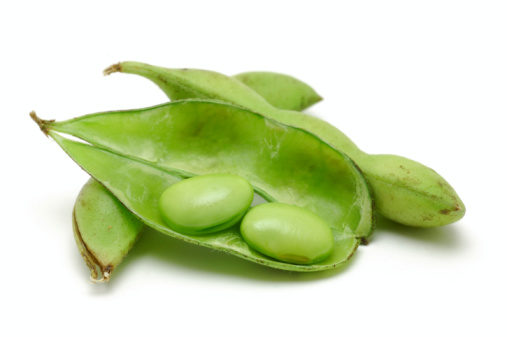USA—A well-intended mandate in New York City has set off a chain reaction that will affect vitamin E prices in 2012.
In 2006, New York City made headlines when it adopted the first major municipal ban on trans-fats in restaurant cooking. Many businesses made the switch from hydrogenated soy bean oils (full of trans-fats) to trans-fat–free soy bean vegetable oil. This caused global consumption of the hydrogenated product to drop by 60%, according to Jim M. Capps, general manager of vitamin E specialist A. C. Grace Company, Inc., Big Sandy, TX.
The fall in demand has affected companies using the soy bean oil for other purposes—such as vitamin E suppliers. Capps notes that soy bean oil is the starting raw material for natural vitamin E “in the form of crude mixed tocopherol called deodorized distillate (DD), which is a byproduct of crushing the soy bean.” When suppliers remove the trans-fat from this oil to extract vitamin E, they must lower the temperature, which results in a loss of 2-4% crude mixed tocopherol. “Normal DD contains 8–10% crude mixed tocopherol and with global requirement for hydrogenated down 60%, only 40% of available oil is left over to produce natural vitamin E products,” says Capps adding, “So, the result is global demand for natural vitamin E exceeds supply capability for 2013.” This means higher prices are in store in the near future as raw material prices have climbed 65%.
Supplement makers aren’t the only ones clamoring for E. Cosmetic companies rely on the antioxidant for use in their skincare products, and some food makers fortify noodles with E for the Asian market.
Some companies are looking for ways to sidestep the supply issue, says Capps. Some may try turning to alternative sources of vitamin E like DD from rapeseed and palm oils (or are mixing sources). But, there’s a disadvantage, according to Capps. “DD content [from rapeseed and palm oils] is only 1% as compared to soy bean DD with 4-6% DD content.”
In addition, some soy bean crushers are exploring new ways to remove mixed tocopherol from soy bean oil such as through enzymation (to remove trans-fat) and alternative mechanical methods, Capps explains. But, he notes that it could be years (until mid-2014) before these methods could be used to help lower prices.
By this time, Capps hopes the supply and demand issue will be sorted out. He states, “AC Grace Company does not see a possibility for natural vitamin E market price to come down at all for 2012–2013. In 2014, we should see the market cycle itself back to lower prices.”
According to one ingredients supplier (B&D Nutritional Ingredients), another contributing factor is the large demand for mixed tocopherols in China for animal feed. The firm represents ADM (among other brands), which hopes to improve its source of raw material to get prices down by the 3rd or 4th quarter of 2012.
Published in WholeFoods Magazine, January 2012 (online 12/2/11)










